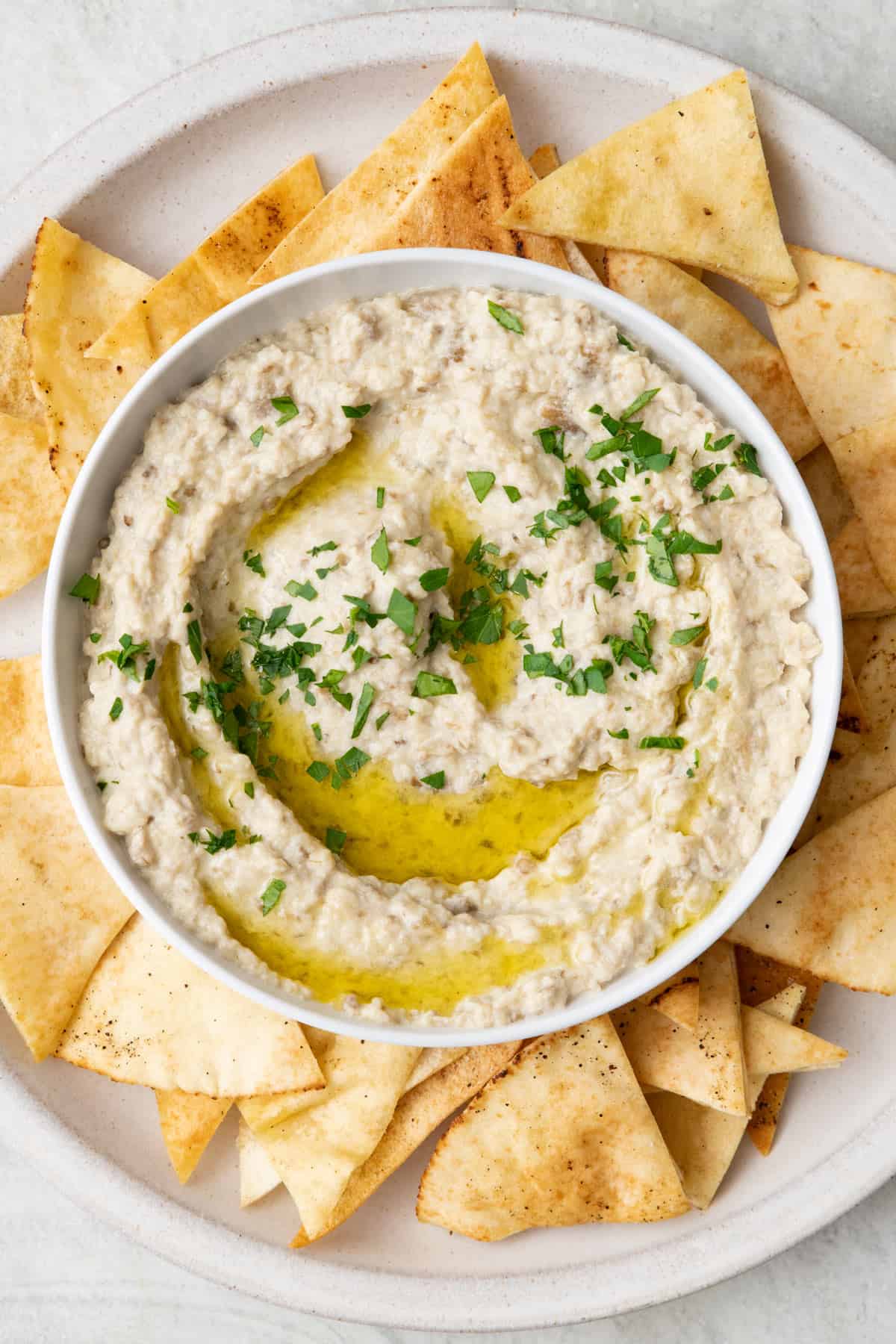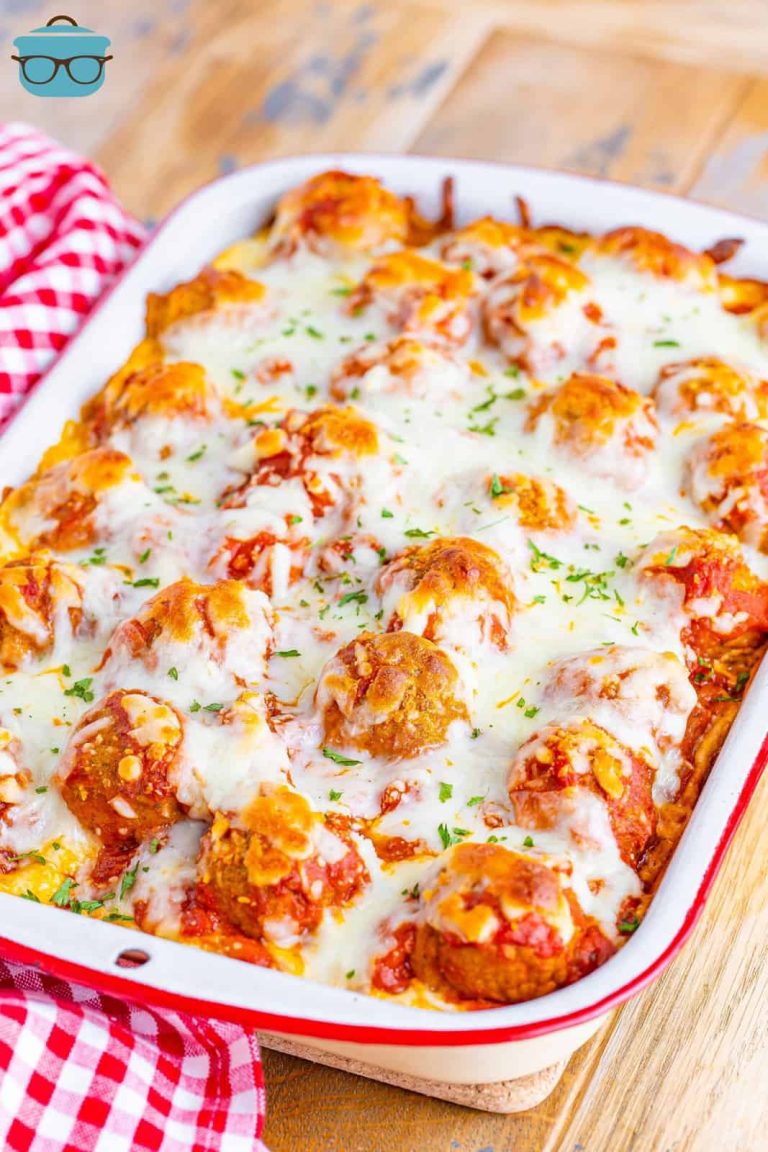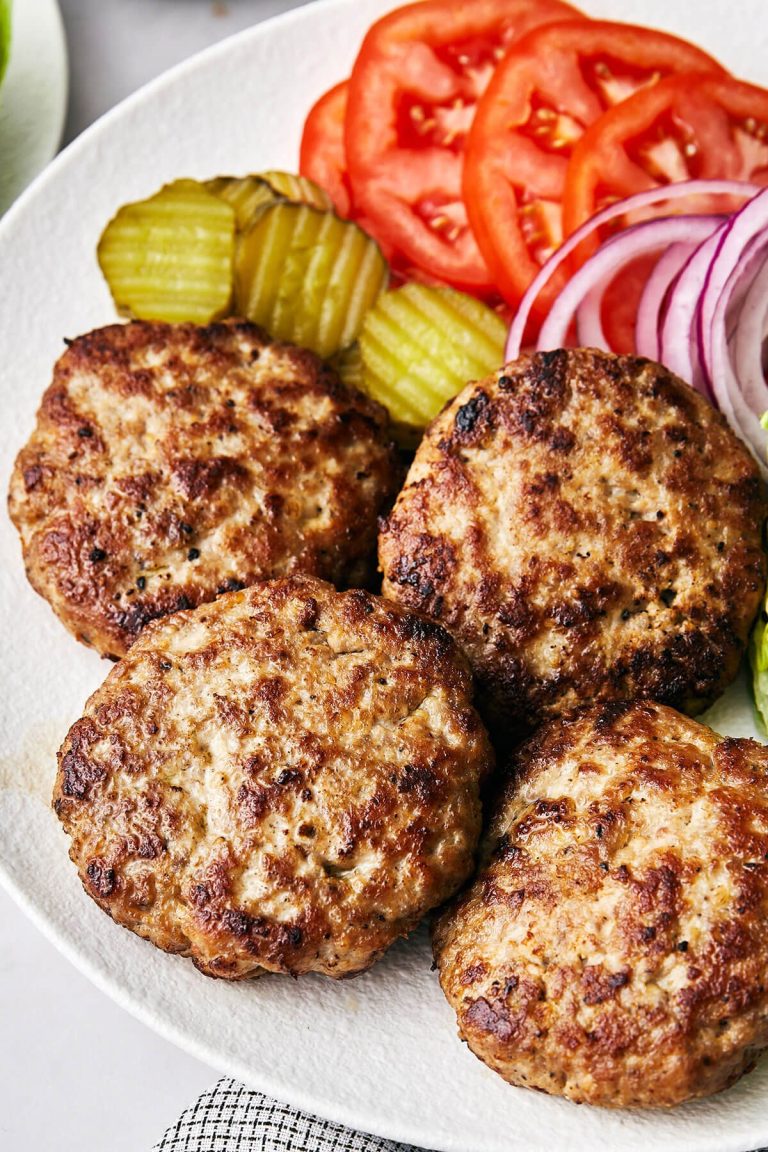Baba Ghanoush: A Delicious, Healthy Middle Eastern Dip Recipe
Baba Ghanoush dates back to the Levantine region, encompassing modern-day Lebanon, Syria, Jordan, and Israel. It’s believed to have origins in ancient Mesopotamian cuisine, where eggplants were first cultivated. Recipes for eggplant dishes appear in 13th-century Arabic cookbooks, illustrating their long history. This dip, made with fire-roasted eggplant, reflects the resourcefulness of Middle Eastern cooking, utilizing local ingredients to create complex flavors.
Regional Variations
While the core ingredients remain consistent, Baba Ghanoush exhibits regional nuances. In Lebanon, you might find it garnished with pomegranate seeds, adding a burst of color and sweetness. Syrian versions often include yogurt, offering a creamier texture. In Israel, it’s common to see variants with olive oil and fresh herbs like parsley. Each regional adaptation provides a unique twist, showcasing the versatility and rich culinary heritage of Baba Ghanoush.
Key Ingredients in Baba Ghanoush
Exploring the Role of Eggplant
Eggplant serves as the primary ingredient in Baba Ghanoush, providing the base’s creamy texture and rich flavor. When roasted, eggplants develop a smoky essence that enhances the overall taste of the dip. Use medium to large-sized eggplants, approximately 1 lb or 450 grams each, to achieve the best results. Ensure they are firm with smooth, shiny skin for optimal quality. For authenticity, cook the eggplant over an open flame or grill, charring the skin to intensify the smokiness.
Importance of Tahini
Tahini, a paste made from ground sesame seeds, significantly enhances Baba Ghanoush’s depth and creaminess. High-quality tahini provides a nutty, earthy flavor, balancing the eggplant’s smokiness. Typically, you’ll need about 1/4 cup (60 ml) of tahini for every large eggplant used. Ensure the tahini is well-stirred to blend the natural oils with the paste before adding it to the mixture.
How to Make Baba Ghanoush at Home
Step-by-Step Recipe
1. Prepare the Eggplant
Select 2 medium to large-sized eggplants for the right balance. Rinse them under cold water, then pat them dry. Pierce each eggplant several times with a fork to allow steam to escape during roasting.
2. Roast the Eggplant
Place the eggplants on a baking sheet lined with parchment paper. Roast in a preheated oven at 400°F (200°C) for 30-40 minutes, turning halfway through. The skins should be charred and the flesh soft.
3. Cool and Peel
Remove the eggplants from the oven, then let them cool for about 10-15 minutes. Once cooled, peel off the skins, which should come off easily, revealing the soft flesh inside.
4. Drain Excess Liquid
Place the peeled eggplant flesh in a colander. Let it drain for 15 minutes to remove excess liquid, ensuring a thicker dip.
5. Blend Ingredients
Transfer the drained eggplant flesh to a mixing bowl. Add ¼ cup of tahini, 2 minced garlic cloves, 2 tablespoons of lemon juice, 2 tablespoons of olive oil, 1 teaspoon of ground cumin, and salt to taste. Blend until smooth using a hand blender or in a food processor.
6. Adjust Seasoning
Taste the mixture and adjust seasoning as needed. Add more salt, lemon juice, or tahini for balance.
7. Garnish and Serve
Transfer the Baba Ghanoush to a serving bowl. Drizzle with olive oil, then sprinkle with chopped parsley and paprika. Serve with pita bread or fresh vegetables.
Tips for the Perfect Texture
Roasting Method
Roast the eggplants over an open flame or a grill for a smokier flavor. Ensure the flesh is fully cooked for a creamy texture.
Tahini Consistency
Use high-quality tahini for smoothness. If it’s too thick, thin it with a bit of water before adding it to the mixture.
Garlic Intensity
Adjust the amount of garlic to your preference. For a milder taste, roast the garlic cloves with the eggplant.
Blending Technique
Blend the ingredients to achieve your desired consistency. For a chunkier dip, mash with a fork instead of using a blender.
Serving Freshness
Serve Baba Ghanoush immediately after preparation for the best taste. If storing, keep it in an airtight container in the refrigerator for up to 3 days. Stir before serving.
These steps and tips ensure you achieve a delicious, authentic Baba Ghanoush right at home.
Nutritional Benefits of Baba Ghanoush
Health Benefits of Key Ingredients
The primary ingredient in Baba Ghanoush, eggplant, offers numerous health benefits. Low in calories and rich in dietary fiber, eggplant aids digestion and supports weight management. It contains antioxidants like nasunin, which help combat free radicals and protect against cellular damage.
Tahini, another essential ingredient, is a paste made from sesame seeds. High in healthy fats, proteins, and vitamins, tahini contributes to heart health by providing monounsaturated fats. It also supplies essential minerals such as magnesium, iron, and calcium, supporting bone health and energy production.
Garlic, commonly found in Baba Ghanoush, has anti-inflammatory and immune-boosting properties. Rich in sulfur compounds, garlic enhances cardiovascular health by helping lower blood pressure and cholesterol levels.
Lemon juice adds vitamin C and antioxidants, which play a role in immune function and skin health. Its acidic nature also aids digestion by stimulating stomach acids.
Olive oil, often used in this dip, is a source of monounsaturated fats, known for improving heart health. It also contains anti-inflammatory properties and antioxidants, contributing to overall well-being.
Dietary Considerations
Baba Ghanoush fits well into various dietary plans due to its nutritional profile. Rich in vegetables, it’s an excellent choice for vegetarians and vegans. Its high fiber content aids in digestion and keeps you satiated longer, making it suitable for weight management diets.
For those with gluten intolerance or celiac disease, Baba Ghanoush is naturally gluten-free, provided it’s not served with gluten-containing dippers. This makes it a safe option for maintaining a gluten-free diet.
Low in carbohydrates, Baba Ghanoush fits ketogenic and low-carb diets. The healthy fats from tahini and olive oil provide essential energy sources for these dietary plans.
Given that it contains no dairy, it’s perfect for lactose-intolerant individuals. Just ensure no yogurt or dairy-based ingredients have been added.
When considering sodium intake, if you prepare Baba Ghanoush at home, you can control the amount of added salt, making it heart-healthy and reducing the risk of high blood pressure.
Serving and Pairing Suggestions
Traditional Pairings
Pair Baba Ghanoush with pita bread, which offers a classic Middle Eastern experience. Use fresh, warm pita bread for the best results. Serve it alongside tabbouleh, a Lebanese parsley salad, for a well-rounded meal. Pair it with falafel, deep-fried chickpea balls, to add a rich, crunchy texture. Include stuffed grape leaves, known as dolmas, for a complete mezze platter.
Creative Serving Ideas
Use Baba Ghanoush as a sandwich spread to add a smoky, savory flavor. Incorporate it into grain bowls with quinoa, roasted vegetables, and chickpeas. Serve it with raw veggies like carrot sticks, cucumber slices, and bell pepper strips for a healthy snack. Add a dollop to your avocado toast for an extra layer of flavor. Use it as a dip for baked pita chips or as a topping for grilled meats for a unique fusion dish.
Conclusion
Baba Ghanoush isn’t just a delicious and versatile dip; it’s a nutritious addition to your diet. By making it at home, you can enjoy a heart-healthy, gluten-free, and vegetarian-friendly dish that fits into various dietary plans. Whether you’re pairing it with traditional Middle Eastern fare or getting creative with modern twists, Baba Ghanoush offers endless culinary possibilities. Enjoy the rich flavors and health benefits of this classic dip in your meals.






